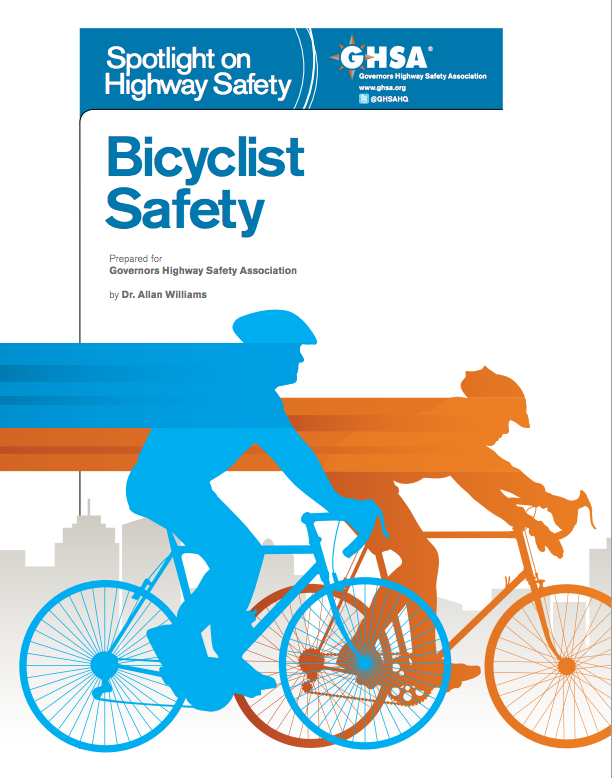DISCOVER YOUR LOCAL BICYCLING COMMUNITY
Find local advocacy groups, bike shops, instructors, clubs, classes and more!
Bike Researchers: Safety Report ‘Misleading’
The Governors Highway Safety Association released a new report on bicyclist safety this week, and we responded with concern over the report’s conclusion that bicyclists’ safety is not a national issue. We weren’t the only ones concerned. So we asked researchers and authors of City Cycling, John Pucher of Rutgers University, and Ralph Buehler, of Virginia Tech University, what they thought of this new report. Here’s their take.
As authors of the recently published book “City Cycling” by MIT Press, we disagree with some of the main conclusions reached by the Governors Highway Safety Association in their report “Bicyclist Safety.” The claim that bicycling has become much more dangerous is based on only data from 2010 to 2012 and is extremely misleading.
Using official data from the US Department of Transportation, the total number of bike trips more than tripled from 1,272 million in 1977 to 4,081 million in 2009.  During the same period, the number of cyclist fatalities fell from 922 in 1977 to 628 in 2009, a decrease of 32%. Taking into account the increased level of cycling, the cyclist fatality rate fell by a dramatic 79%. In short, cycling has become roughly four times safer per bike trip over the past three decades.
During the same period, the number of cyclist fatalities fell from 922 in 1977 to 628 in 2009, a decrease of 32%. Taking into account the increased level of cycling, the cyclist fatality rate fell by a dramatic 79%. In short, cycling has become roughly four times safer per bike trip over the past three decades.
Thus, even official U.S. Department of Transportation statistics completely contradict the conclusion reached by the Governors Highway Safety Association report. Simply examining the extremely short 2-year period from 2010 to 2012 is statistically unjustified and distorts the overall message of the Governors report. Cycling has become much safer over the past three decades, not more dangerous.
Moreover, the report falsely claims that more widespread helmet use is the key to increasing cycling safety. Almost no one in the Netherlands and Denmark wears a safety helmet when cycling, not even children; yet, the cyclist fatality rate per bike trip is only about a tenth as high in the Netherlands and Denmark as in the USA, as we document in our “City Cycling” book for MIT Press (Ch. 2 and 7). Cycling is so safe in the Netherlands and Denmark because of much more extensive and better cycling infrastructure as well as dramatically lower speed limits for cars in residential areas.
We agree with the Governors report that more should be done to reduce drunk driving by both motorists and bicyclists, and also with the suggestion to provide more separate cycling infrastructure for cyclists while reducing car speeds. But it is highly misleading for the report to suggest that cycling safety has gotten worse, on the basis of only two years worth of data. Likewise, we disagree that helmet laws are the key to improving cyclist safety. By far the most effective way to increase cycling safety is by improving motorist behavior, reducing car speeds, and providing more physical separation between cyclists and motorists by installed buffered bike lanes or fully separated cycle tracks, which have physical barriers between cyclists and motorists.
Cycling in the United States has been getting safer over the past three decades. The Governors report does a disservice to public health as well as urban transportation by suggesting otherwise. We agree with the goal to make cycling even safer, but we disagree that requiring helmet use would be an effective way of doing that.